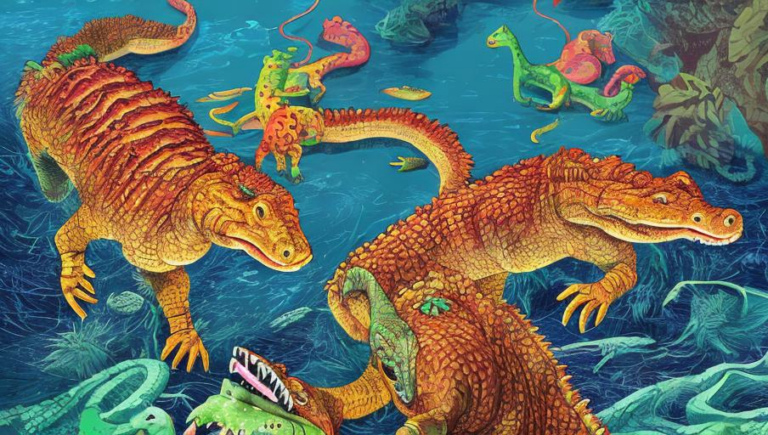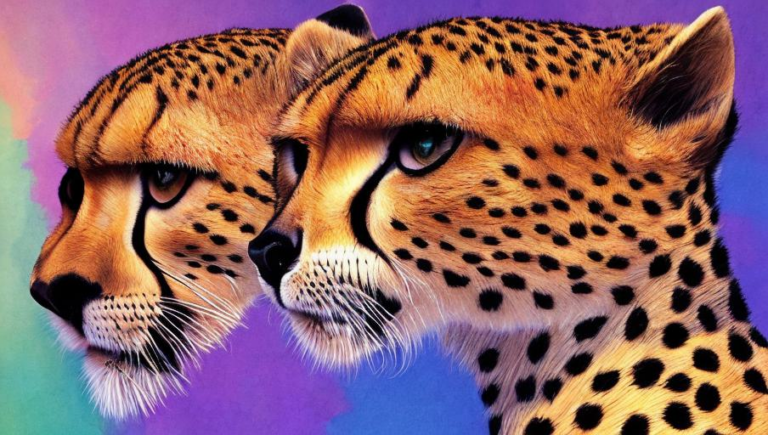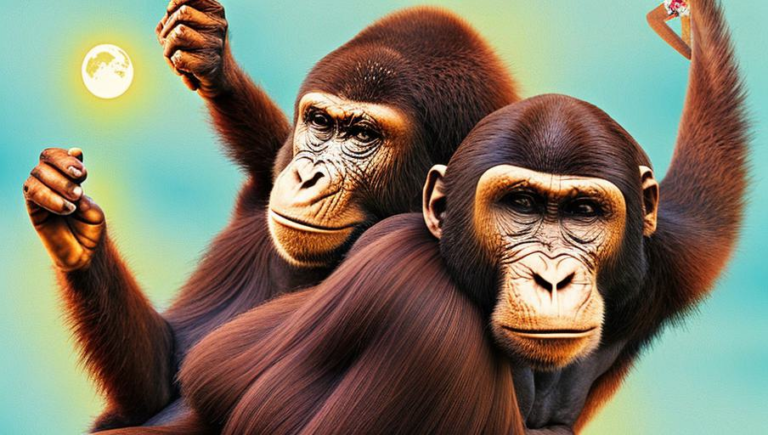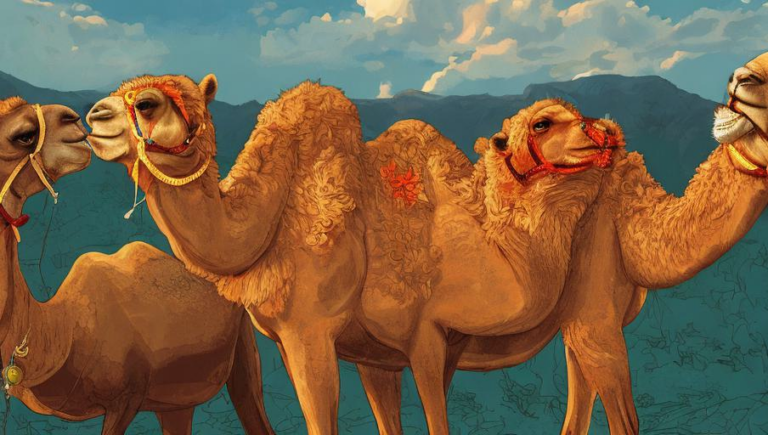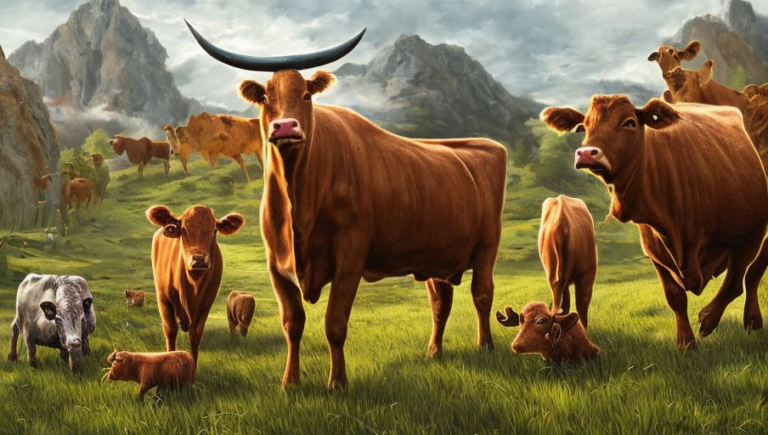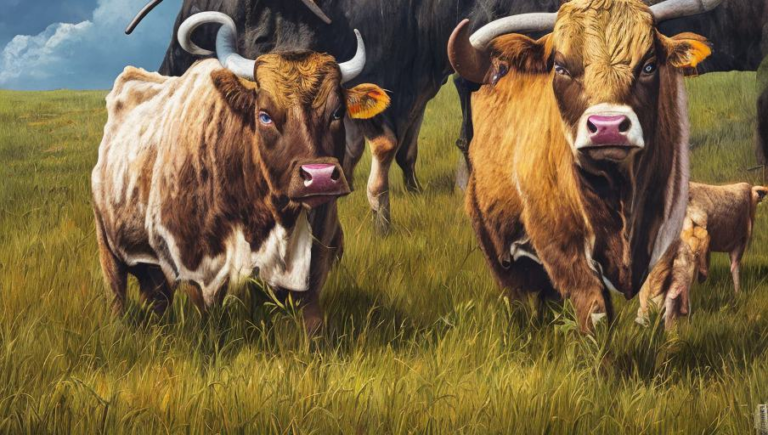Explaining the Feeding Habits of Deer
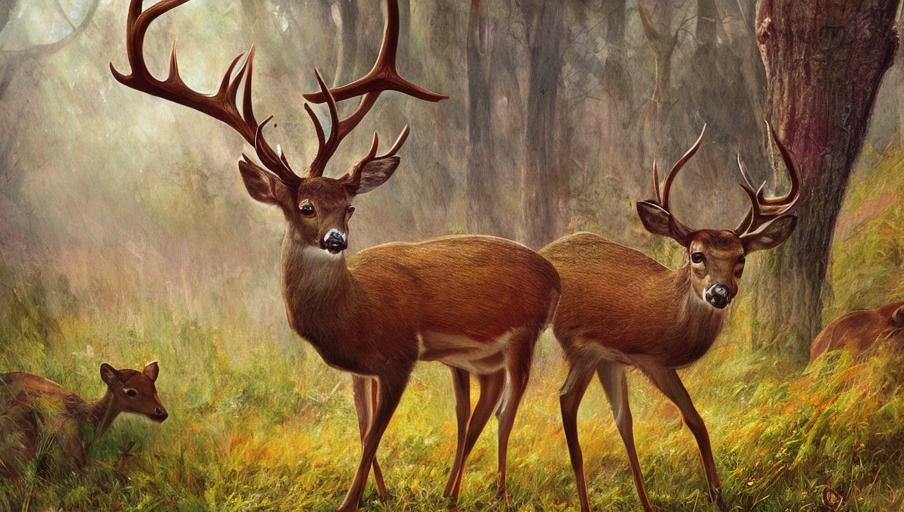
Introducing Deer
Deer are members of the Cervidae family and are native to many parts of the world. They are one of the most easily recognizable animals and have been featured in various works of art and literature throughout history. Deer are herbivores, meaning they eat plants and other vegetation. There are many species of deer that have adapted to different climates, habitats, and food sources.
Feeding Habits
Deer typically feed at dawn and dusk, though in some areas they may feed throughout the day. They eat a variety of plants and grasses, as well as some fruits and nuts. In the winter, deer switch to eating woody vegetation such as twigs and bark. Deer also eat a variety of herbs, shrubs, and other low-lying plants. Deer will also occasionally eat insects, especially during the summer months.
Digestive System
Deer have a relatively simple digestive system that is able to process large amounts of plant material quickly. The stomach of a deer is divided into two chambers: the rumen and the reticulum. The rumen is a large compartment that acts as the primary fermentation chamber, where bacteria break down the plant material. The reticulum is a smaller chamber where further breakdown of the plant material takes place. The deer’s intestines are lined with small hairs that help break down the plant material further.
Nutrition
Deer receive most of their nutrition from the plants they eat. The bacteria in their digestive system helps break down the plant material, which makes it easier for the deer to absorb the nutrients. Deer typically eat a variety of plants that provide them with the essential vitamins and minerals they need. They also get some of their water intake from the plants they eat.
Adaptability
Deer have a remarkable ability to adapt to their environment and find food sources. They are able to move from one habitat to another in search of food, as well as use their keen senses to find food sources in their current habitat. Deer are also able to adjust their diet to the availability of food sources, which helps them to survive in a variety of environments.
Conclusion
Deer are fascinating animals with remarkable adaptability and feeding habits. They are able to find food sources in a wide variety of habitats and are able to adjust their diet to the availability of food sources. Understanding their feeding habits can help us appreciate these incredible animals and work to protect them and their habitats.
